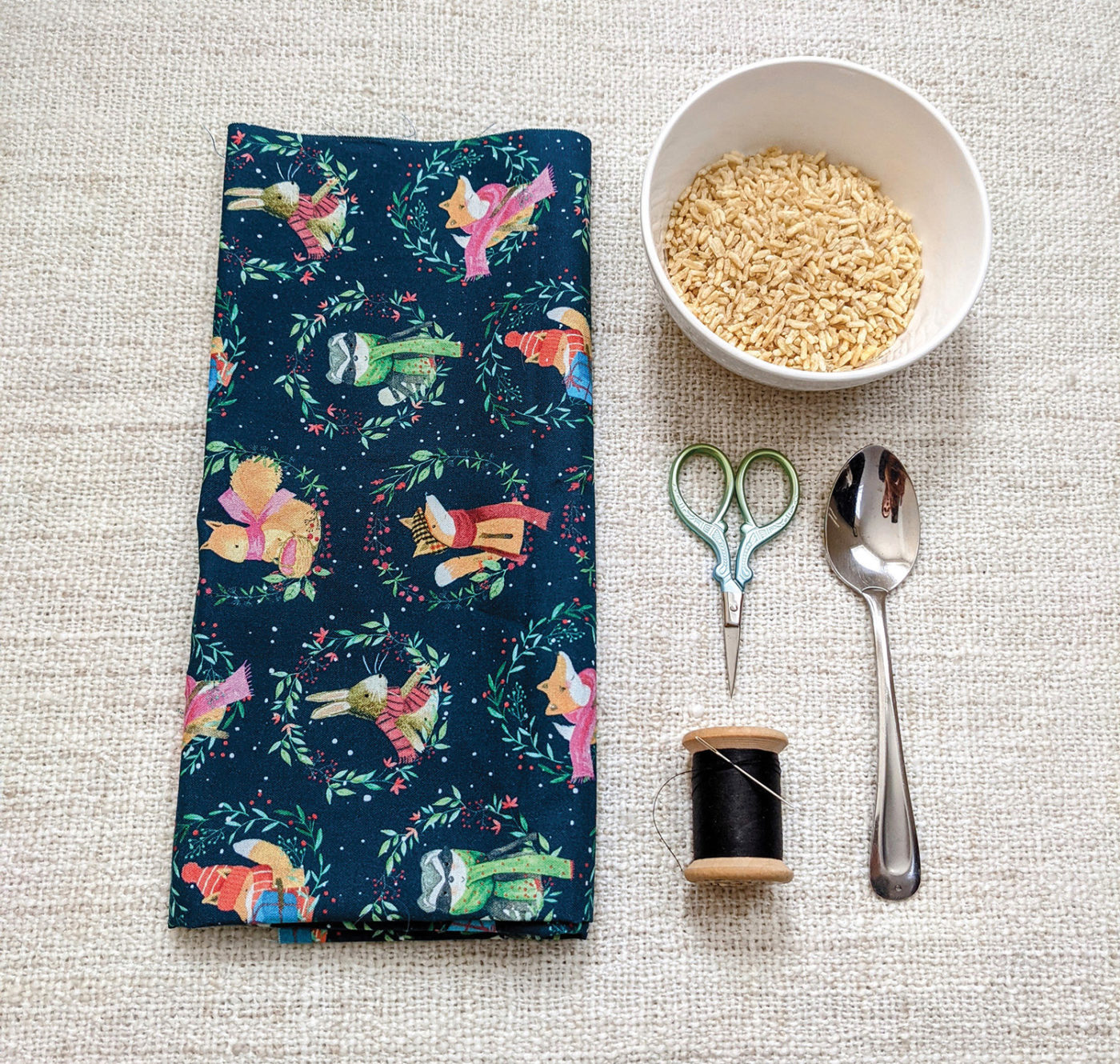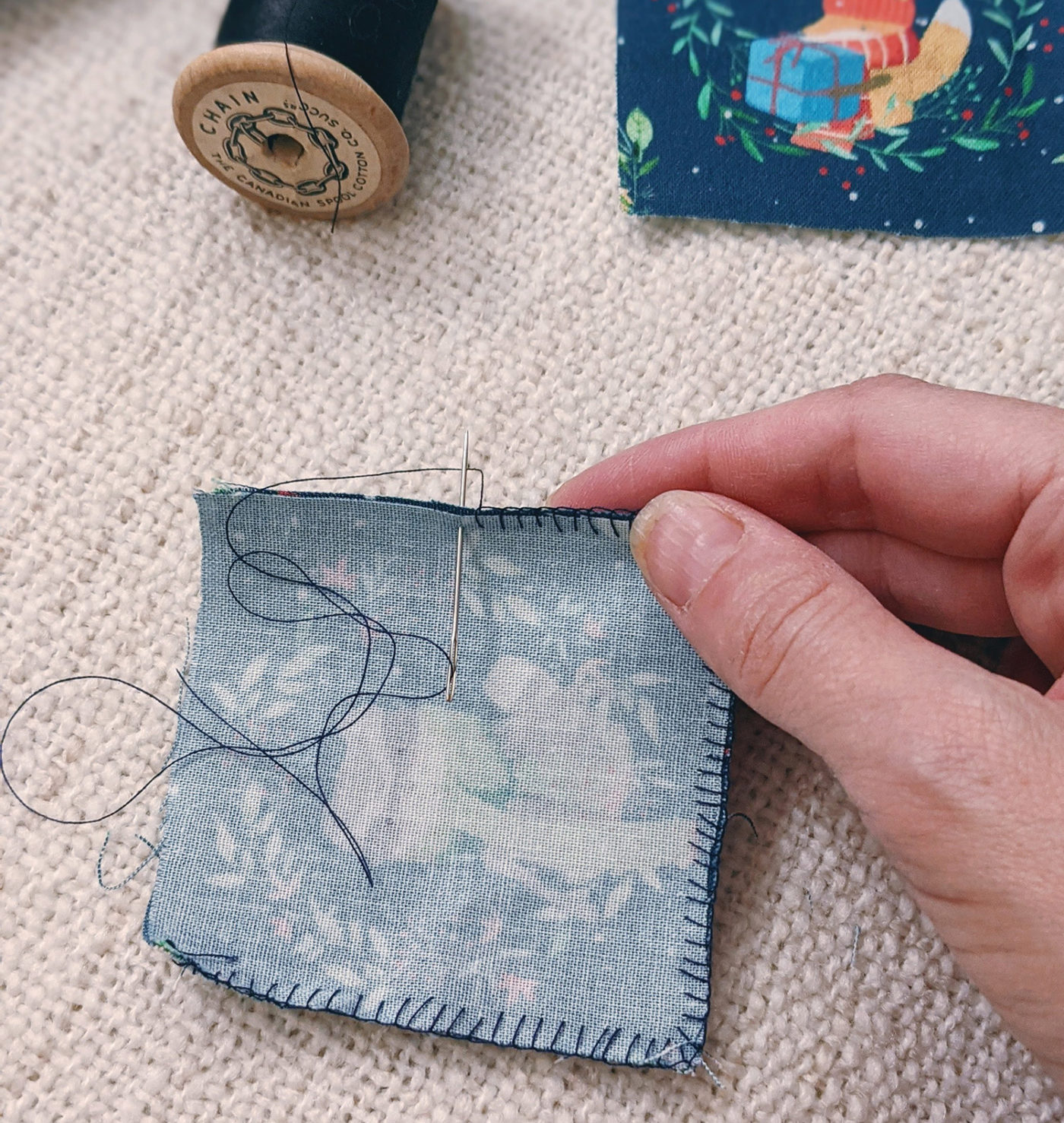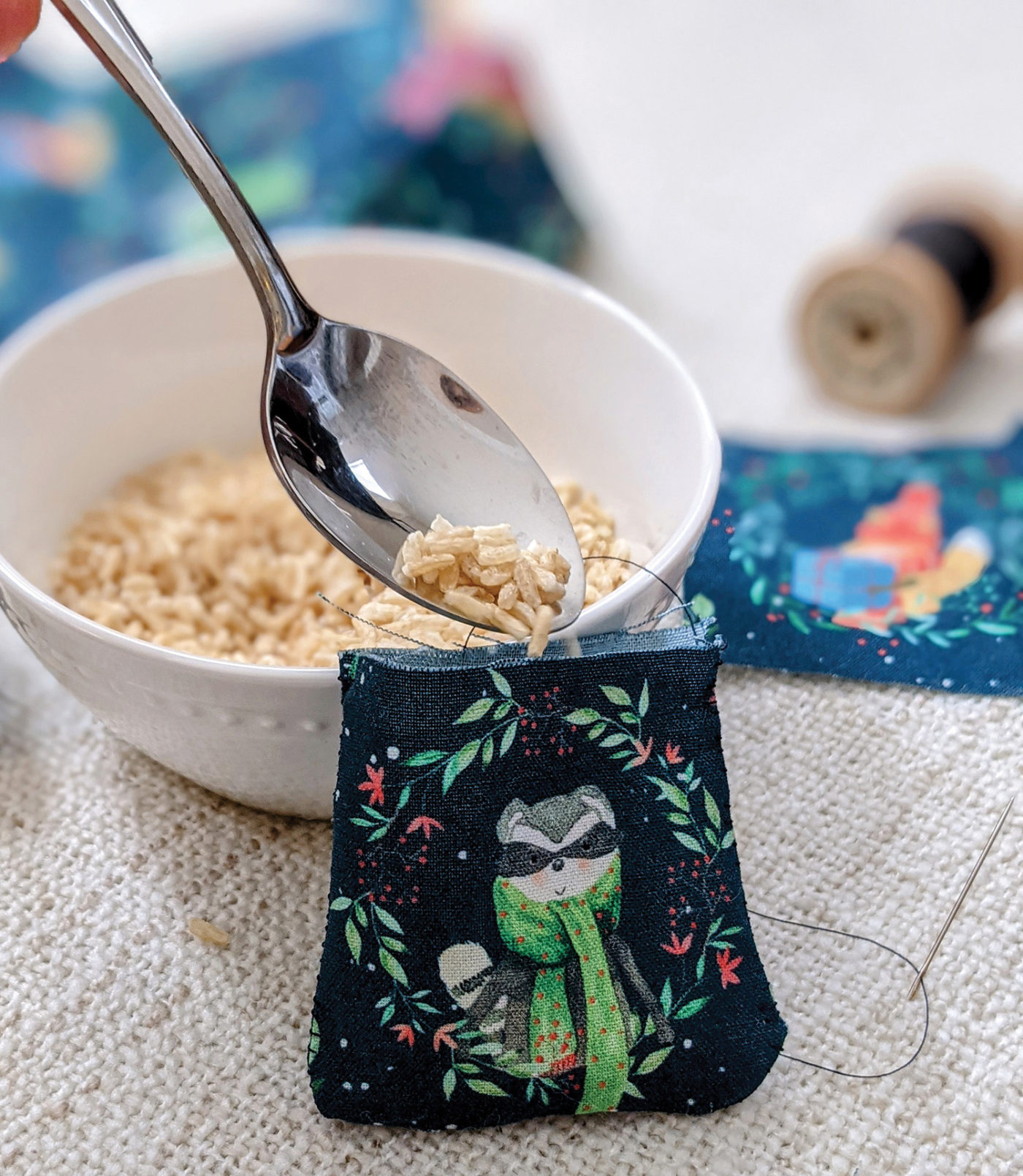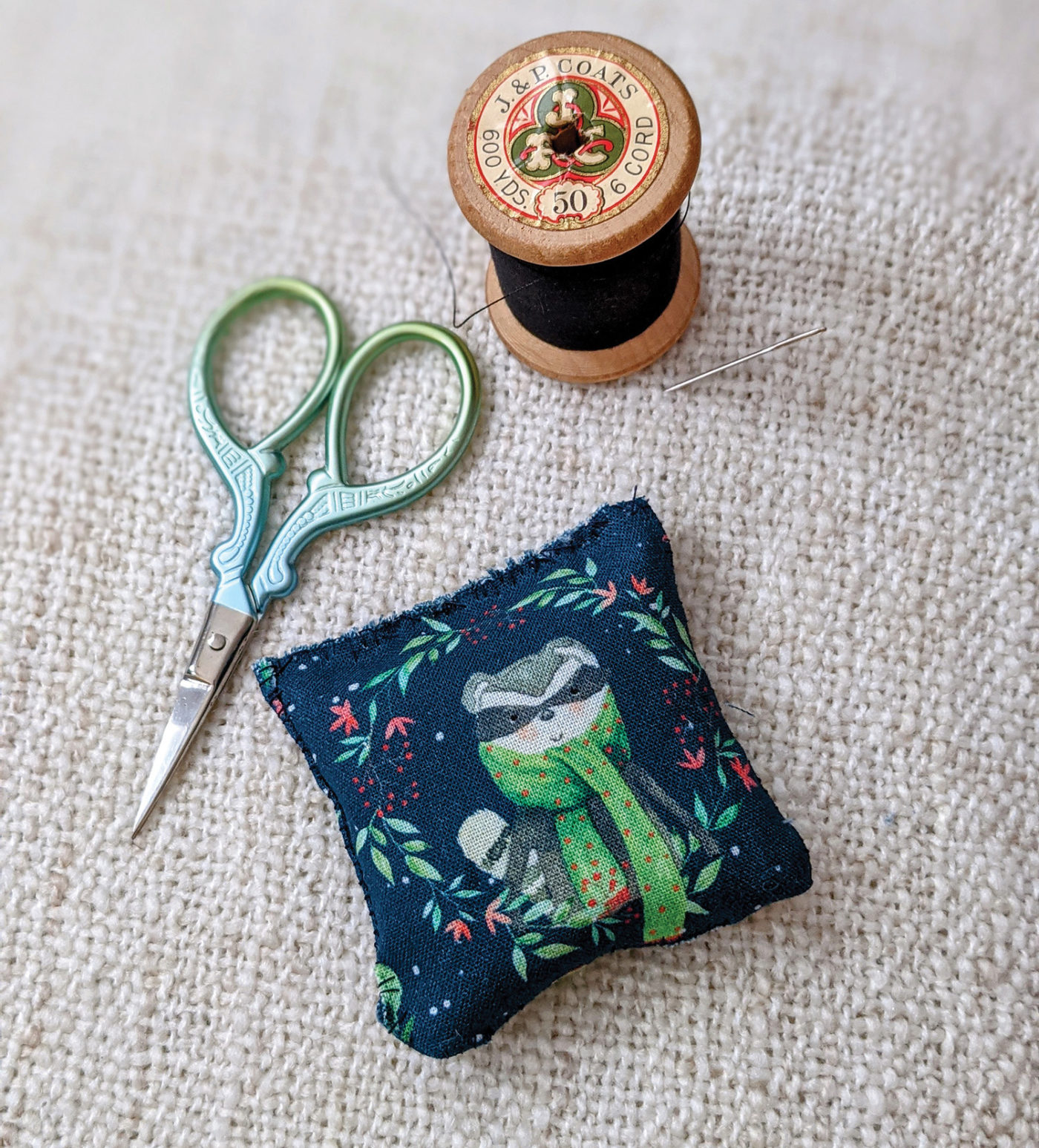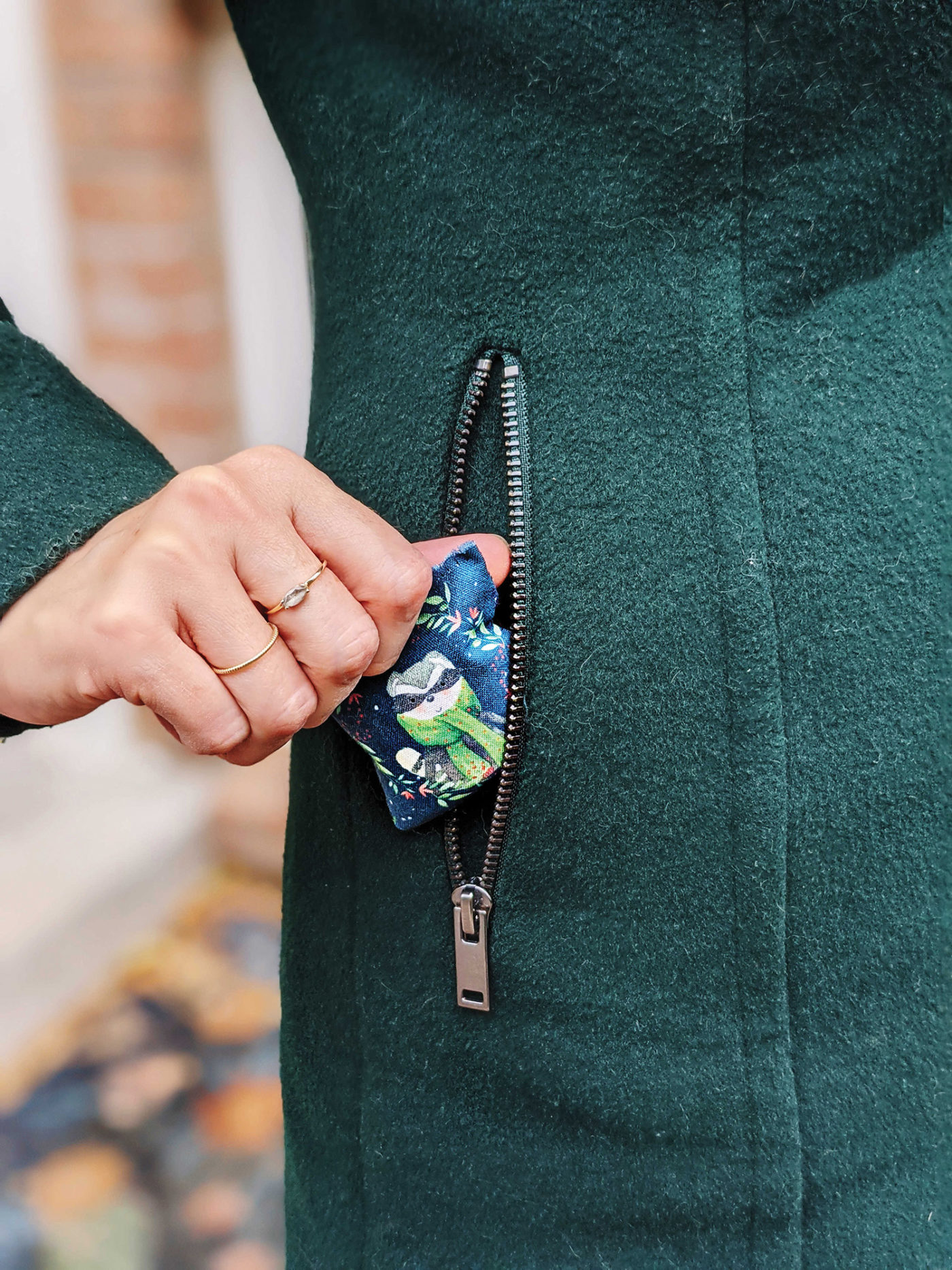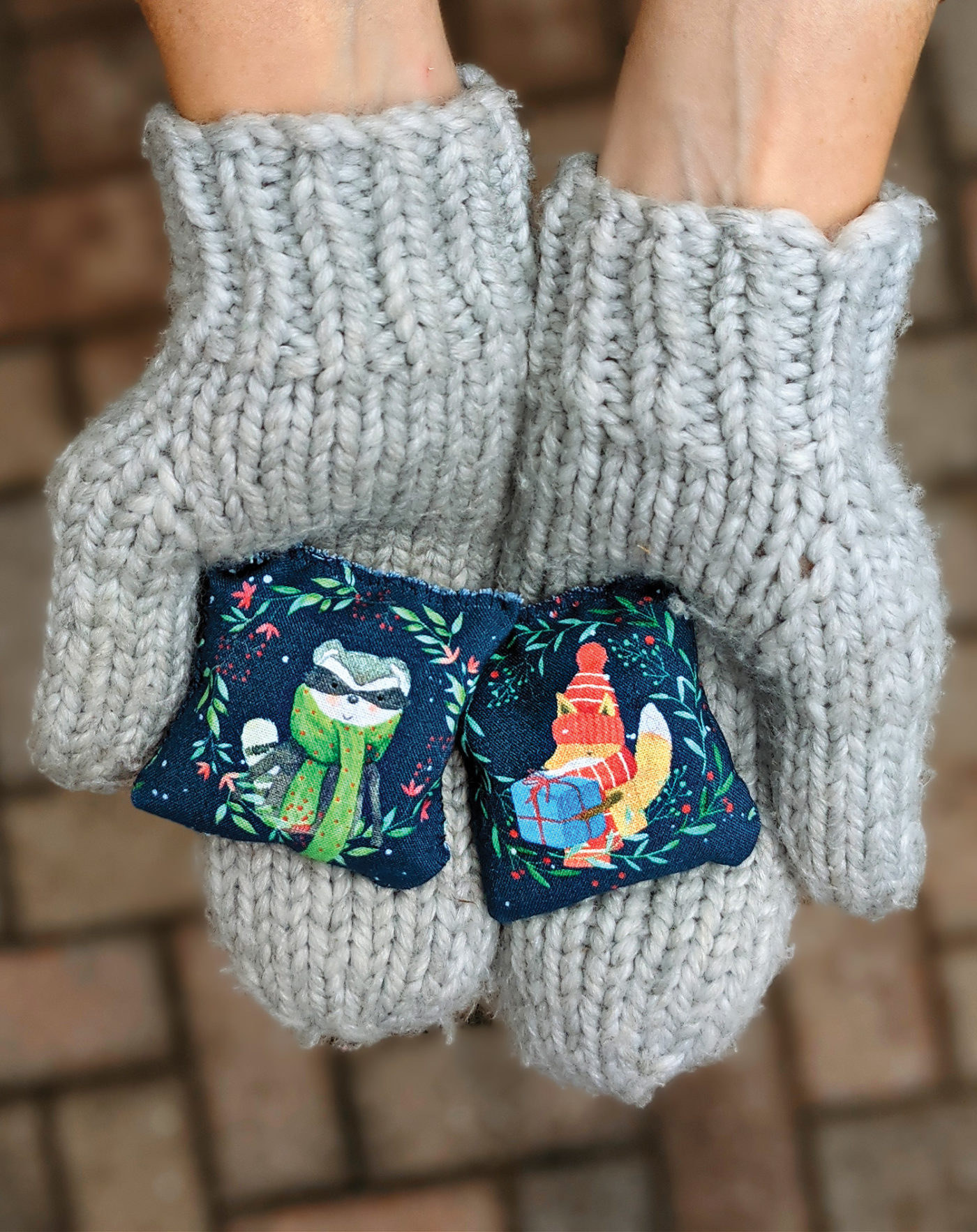
December’s build up is too much, too soon. Gatherings multiply exponentially and all of a sudden you need to buy (or make or bake) a lot of things all at once, and it doesn’t let up until one day the holiday suddenly is over. There are expectations—of gifts, family, friends, laughing, and joy—and the music declares it’s the most wonderful time of the year, insisting upon a joyous celebration of peak decadence. There must be lavish food, buckets of drink, the persistent sound of jingling bells that no one ever admits is super annoying, for fear of being labeled miserable.
But it’s not like that for most of us, is it? Family is complicated. Ghosts of people, of events and times past, haunt us with their absence, in contrast to the abundance of everything we’re told we should be quaffing down. We eat too much and then feel bloated and lethargic. We make too many plans and then feel rushed and stressed. It’s supposed to be this magical, happy time, but it inevitably feels like an empty gesture, like we’re all missing out on something magnificent. A Hallmark movie happiness laced with shimmering lights and cozy sweaters and the scent of spiced cookies and wine. We’re doing all the things, so why doesn’t it feel like the carols say it should?
I feel that while the holiday music gets it wrong, the old holiday fairy tales get it right. They are filled with the bittersweet moments of both happiness and sadness, and a fair bit of mortality. One of my favourites is Hans Christian Andersen’s story of the little match girl. An extremely poor girl wanders the wintry city streets on New Year’s Eve, trying to sell matches. She’s so cold she starts lighting one match after another for warmth, and with each match she lights a golden scene of holiday splendour appears before her: a living room with a fully decorated Christmas tree, a dining room with a lavish feast—including a cooked goose—laid out and waiting.
I think about that story around the holidays when I embark on my favourite December tradition of putting on my coat and boots, all the woolly accessories, and going for a walk after dark (easy to do since it’s pitch black by five o’clock) to catch glimpses of Christmas trees and menorahs through windows. I love how many people tend to put up decorations near windows and then leave their lights on, glowing their colourful glow, sometimes flashing, making a merry little disco.
Each is an apparition, a match struck against a season that otherwise is filled with the kind of dark that is edged in sharp teeth, a dark that is a head-clearing whiff of memento mori. Those walks remind me that it is impossible to appreciate those warm, bright living rooms full of people without the contrast of the cold, dark walks in the early twilight of winter.
Not that every walk is a delight. On the winter days when it does not snow, and hasn’t for a long time, the wind bullies your face and you must carefully watch for patches of sidewalk pocked with ice. On those days, I scowl at the chore of being outside, away from the warmth of the great indoors, and stuff my mittened hands deeper into my pockets.
But when it snows, everything is softened. The snow silences the wind, holds a mirror below the street lamps so their light is cast back up and radiates outward in all directions. And somewhere there is a faint melody of music, without jingling bells, and your face softens like the snow into something resembling a smile.
Microwaveable Hand Warmers
These hand warmers are small enough to tuck inside a pair of gloves or mittens without adding too much bulk. They’re great in pockets, too. You also can make them bigger if you like. Example is ½-inch thick when stuffed with rice.
Materials
One hundred per cent cotton or linen fabric (With repeated use, synthetic fibres can easily catch fire in a microwave, and sparkly fabric has metallic elements that might cause your microwave damage. If you are unsure of the material of your fabric, do not use.)
Sewing needle
One hundred per cent cotton thread (polyester thread will melt in the microwave)
Scissors
Approximately 1/3 cup of dried, uncooked rice (any type) per hand warmer
Ruler, for measuring
Instructions
1. Measure and cut out the fabric you will use for your hand warmers. A 2½-inch square will, when sewn, yield a hand warmer approximately 2 inches square.
2. Turn the fabric so the wrong side is facing out on both sides, and begin sewing the edges on one side. You want to make small, tidy stitches—blanket stitch would be a good choice, but a running stitch that is closer together would also work well.
3. Sew three sides, then turn your pouch inside out, so the right side of the fabric is now facing you.
4. Fill the pouch with the dried, uncooked rice, leaving some room to stitch it shut. You want the pouch to have a beanbag-like consistency, not be really stuffed and immobile.
5. Sew the open seam together carefully.
6. Repeat instructions for second hand warmer.
To heat
Heat up your hand warmers in the microwave for approximately twenty-five seconds and no more than thirty seconds. Be careful when removing hand warmers. If they are too hot, allow to cool a bit before putting them into your mittens, gloves, or pockets.
Note that if the fabric gets wet to the point of saturation, you will need to discard the warmer. The rice may be partially cooked and likely get mouldy.
